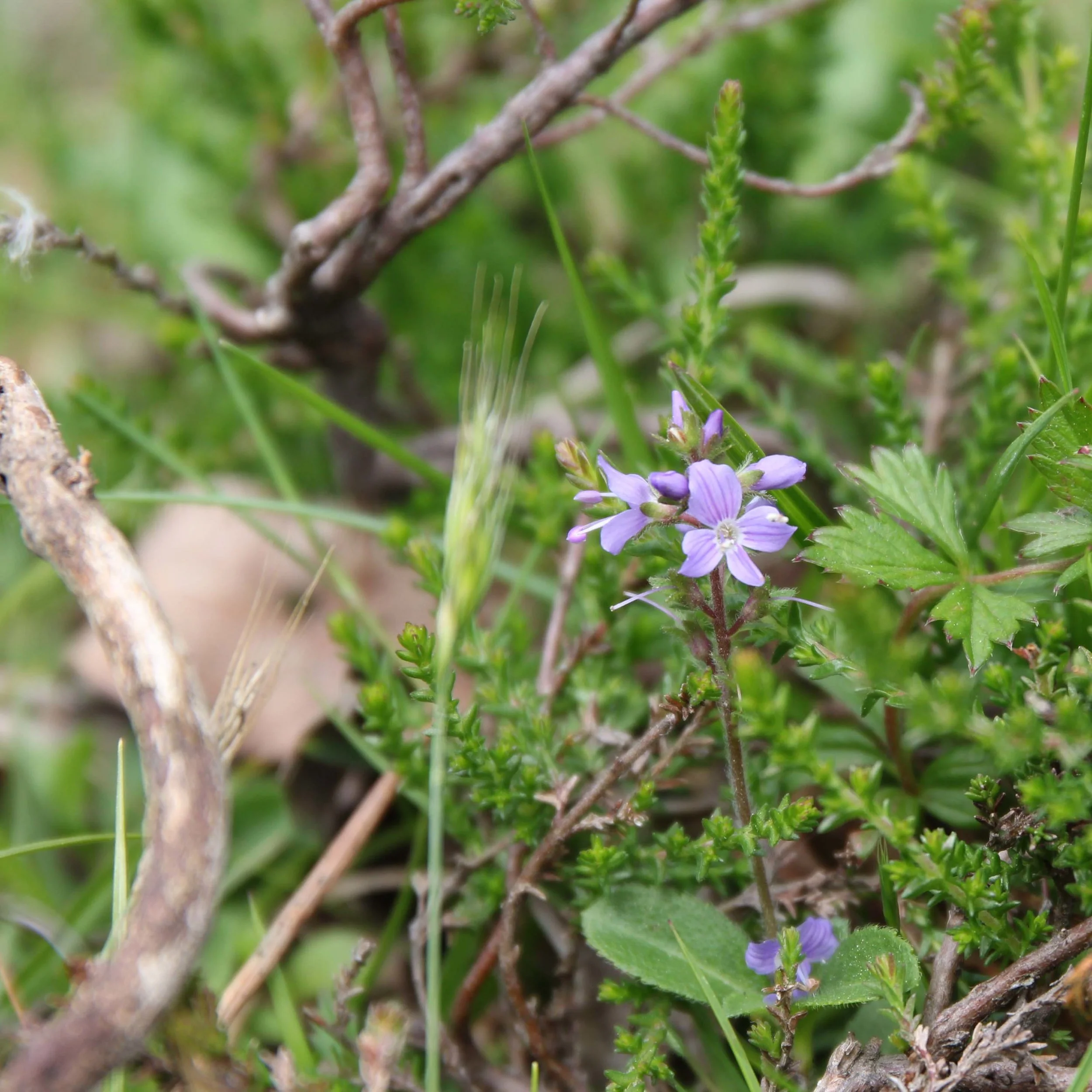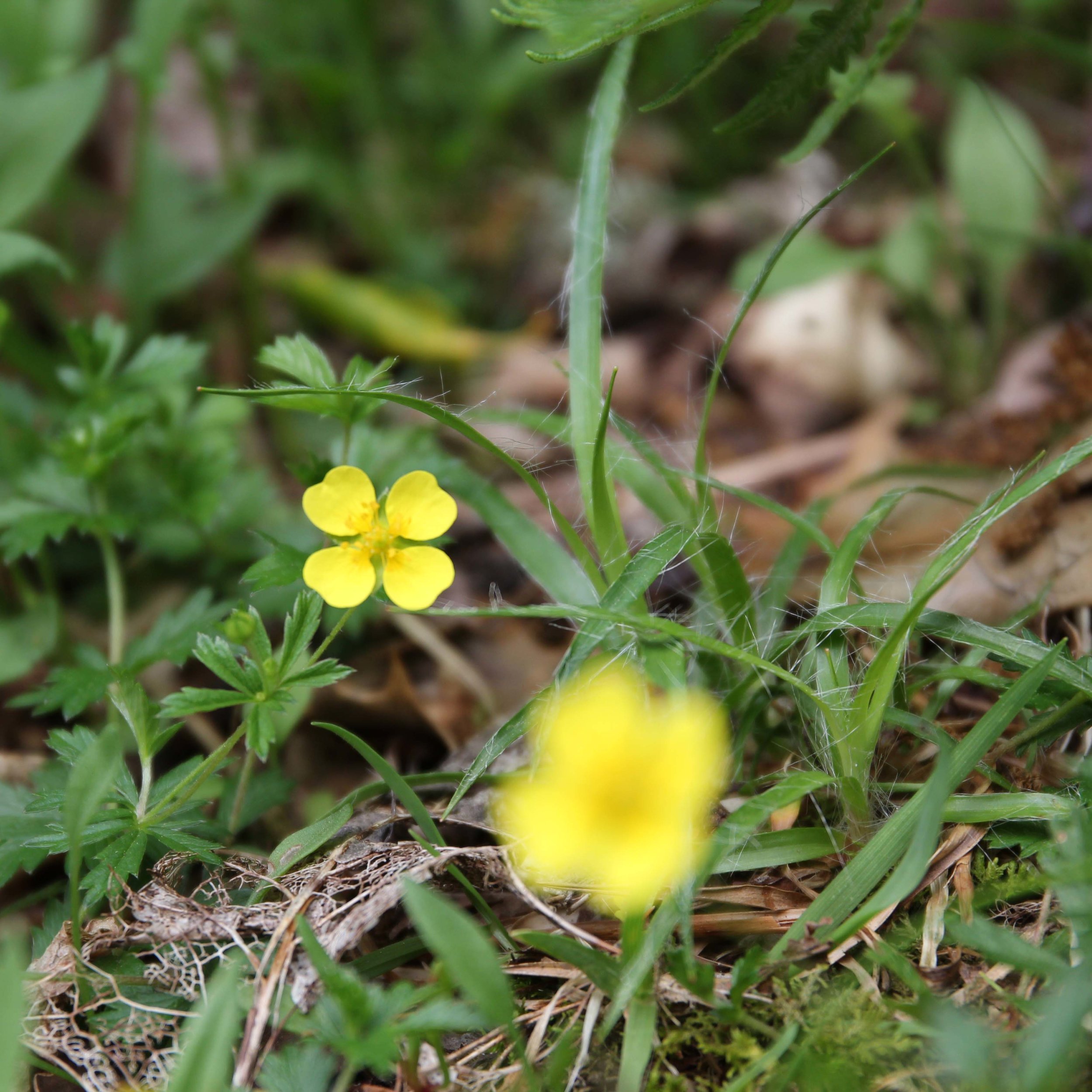Week Two: New Forest - Wildflowers
The New Forest is a huge expanse, spanning approximately 219 square miles and containing a plentiful array of habitats. There’s broadleaf woodland, conifer plantations, heathland, scrub and even salt marsh so there’s a lot to cover and plenty of opportunities for identification challenges. We spent a weekend exploring the heath type areas around Cadmans Pool, a quite open scrubby expanse, along towards Broomy Walk which is bordered by some mixed enclosures with plenty of lush ferns included.
Whilst there were some butterflies and dragonflies present, I chose to focus on flowers for this week’s Summer Identification Challenge.
Wildflower: Bird’s-foot trefoil (Lotus corniculatus)
This striking yellow flower adorned the well grazed plains along the straight mile from Janesmoor Pond along to Cadmans Pool. This member of the pea family has a whole host of other names, from the descriptive ‘egg and bacon’ based on the yolky colour of the flower and the red colouring of the bud. To the, still descriptive, but slightly disgusting ‘granny’s toenails.’. This small plant be easily located in grassy places whilst in the flowering period from May – September. It certainly proved popular with the bee’s who busily buzzed from flower to flower amidst a yellow carpet.
I identified the bird’s-foot trefoil using the Picture This app, which identifies your wildflower query by examining the picture you supply. I then doubled check with an internet search, just to be sure.
Wildflower: Heath Speedwell (Veronica officinalis)
This delicate lilac flower, decorated with deep blue veins, almost went unnoticed. Its tiny flowers arranged on a miniature, hairy stem hid amongst a tangle of grasses along the heath edge it’s gentleness and the pale colour caught my eye. The speedwell family were appreciated by travellers and is commonness alongside roads, verges and track ways was a sure-fire sign to ‘speed you well’ on your journey ahead. Heath speedwell, also known as common gypsyweed, thrives on its favoured heathlands and will bloom from around May – August time.
I was able to identify this plant with the Picture This app and I again doubled checked the results with an internet search.
Wildflower: Tormentil (Potentilla erecta)
Another butter yellow flower, although this one caught my eye, not for its colour but for its numbers. The short walk we did around Broomy walk was awash with beautiful yellow tormentil. On first glance it would be easy to confuse this low growing flower with a buttercup, but on closer inspection you will see that the tormentil only has 4 petals unlike the buttercups five. I think the petals provide it with quite a distinctive, easily recognisable shape. Mainly found on heath and moorland grasses it can be spotted in bloom from May to September. The Wildlife Trusts explain on their website that this is a pretty common flower and relatively easy to identify (I agree). It also used to be used as toothpaste – I think I’ll just stick to admiring it.
To identify the tormentil, I posted a picture in a nature enthusiasts group on Facebook and then just double checked with a quick google search to compare photos.






